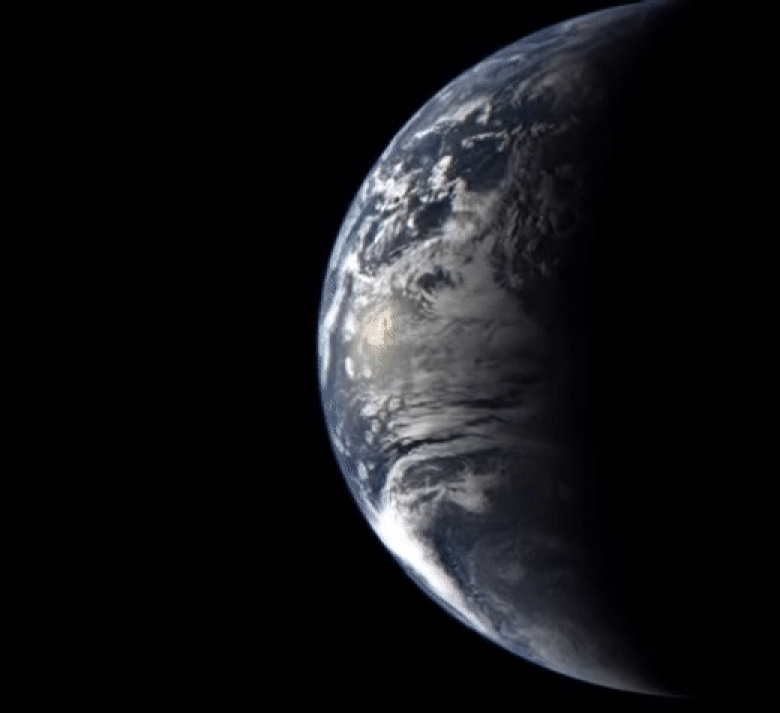No matter what perspective you choose to look at it from, planet Earth is always in motion. Our planet rotates on its axis continuously, spinning and completing a full 360° rotation approximately once a day. As we spin, we also revolve around the Sun, completing a nearly 1 billion kilometer journey every single year. Moreover, the entire Solar System — Sun, planets, moons, and all — moves through the Milky Way galaxy, orbiting around the galactic center on timescales far greater than humanity has existed for. And finally, the Milky Way galaxy moves within the Local Group, which itself moves through intergalactic space.
Depending on what we’re measuring our motion relative to, we can quantify just how quickly planet Earth moves through the Universe. Even though our motion is barely detectable through the experiments we can perform here on Earth, a look out at the Universe enables us to understand precisely how we’re in motion on each and every scale. Here’s how we know what our cosmic motion is, from each individual component to the entire cumulative effects of everything combined.

This view of the Earth comes to us courtesy of NASA’s MESSENGER spacecraft, which had to perform flybys of Earth and Venus in order to lose enough energy to reach its ultimate destination: Mercury. The round, rotating Earth and its features are undeniable, as this rotation explains why Earth bulges at the center, is compressed at the poles, and has different equatorial and polar diameters.(Credit: NASA/MESSENGER)
How fast does the Earth spin?
This question, although it might seem simple, has a different answer dependent on where, precisely, you are on the planet’s surface. Planet Earth is a rigid body, meaning that the land masses remain relatively constant with respect to one another over time. As the Earth rotates about its axis, practically every point on the surface completes a full rotation in just under 24 hours: 23 hours, 56 minutes, and 4.09 seconds, to be precise. READ MORE...
This question, although it might seem simple, has a different answer dependent on where, precisely, you are on the planet’s surface. Planet Earth is a rigid body, meaning that the land masses remain relatively constant with respect to one another over time. As the Earth rotates about its axis, practically every point on the surface completes a full rotation in just under 24 hours: 23 hours, 56 minutes, and 4.09 seconds, to be precise. READ MORE...

No comments:
Post a Comment